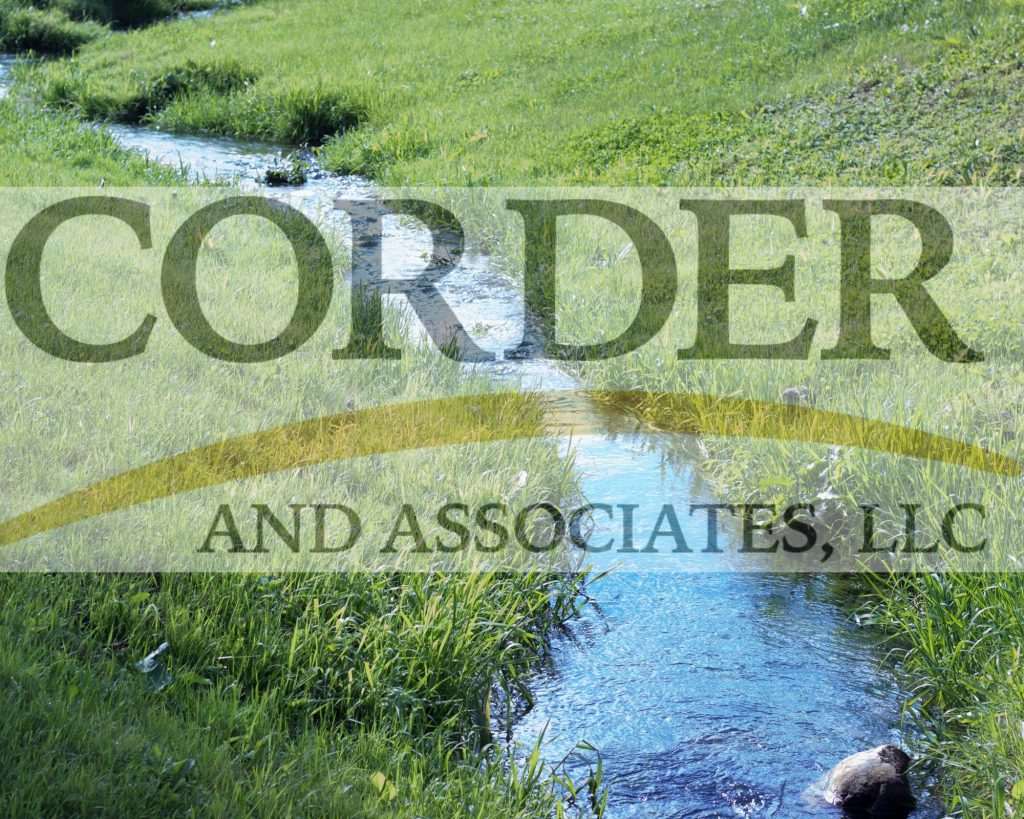Imagine a parcel of land sprawling out along the foothills of snowcapped mountains with lush thick sainfoin blanketing the acreage. Over the gently rolling waves of cropland, suddenly a bog of stagnant, mosquito-infested water cuts out the middle of the field substantially decreasing the productive numbers of acres. In addition, the smell hinders the beauty of the location. Don’t despair! Let me lay out some solutions for drainage to help save your land or home. Drainage issues may not seem like a big deal, but they can cause major damage or give you a real headache down the line including standing water, clogged drains, soil erosion, ruined landscaping, and interior leaking. It’s a universal problem that affects whole farms and ranches the same as a lot that a home sits on.
When speaking of drainage obstacles and solutions, the method that most real estate agents are familiar with is land grading to combat negative drainage, usually toward a home’s foundation or basement. Grading can be done to encourage water flow away from where the water is accumulating. Driveways, walkways, and patios that have pools of water that take time to disappear after rain just as grass, soil, or fields might hold water in low points may benefit from some site grading. The impacted or eroded soil due to the poor drainage has soil that has less nutrients and plant life that is destroyed.
Other solutions:
The French Drain: trenches with perforated pipes with gravel and then buried under a layer of soil. Water seeps into the ground into the pipes where it is then carried to the public sewer system. The French drain is the most popular method of capturing excess water and carrying it away around a building or property.
Dry Well: underground well where water collects and can be dispersed back to the soil. This method is appealing if you want to reuse the excess water.
Corrugated Tubes: corrugated tubing that can be above ground or buried to direct the excess water away from your home or place where you don’t want the excess water.
Grassy Swale: a method that diverts water away as a slight hill or increase in grade. The grassy swale is a more natural way to move water. The grass is usually thicker to slow down the running water.
Planned Bog: an environmentally friendly way to deal with poor drainage.
Dry Creeks: aesthetically creative way to divert water with a shallow trough lined with rocks and stones.
Trench Drains: mostly utilized in commercial settings or paved areas like parking lots. The concrete lined channel helps filter the debris by using filters and gates.




